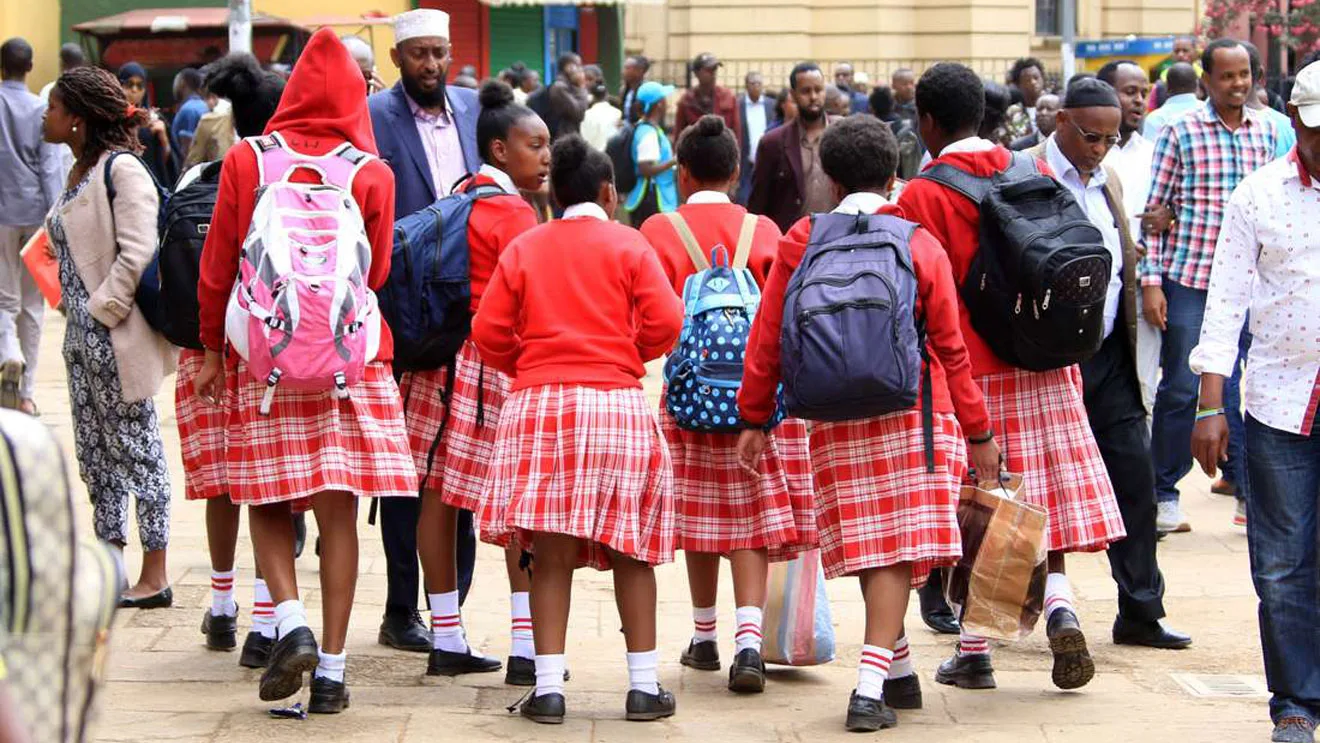Public Schools Face Closure as Funding Crisis Worsens.
Public secondary schools across the country are on the verge of shutting down due to a worsening financial crisis. School heads are raising concerns over the chronic decline in government funding, warning that learning institutions may be forced to cease operations, putting thousands of students’ futures at risk.
A report by the Kenya Secondary Schools Heads Association (KESSHA), titled Operational Crisis in Schools and signed by Chairman Willie Kuria, highlights the dire funding situation. It reveals that the government allocates only Sh10,000 per student annually—less than half of the expected Sh22,244, creating a deficit of Sh11,721 that has progressively worsened since the Covid-19 pandemic disrupted school operations in 2020.
KESSHA reports that the actual amount received per student is Sh10,479.37, significantly below the stipulated capitation grant. Without immediate intervention, they warn, schools face imminent closure, leading to major disruptions in the education sector.
The document outlines how school funding has steadily declined over recent years. In the 2020/2021 financial year, schools were allocated Sh17,243 per student. However, Sh6,546 was withheld by the government for development, co-curricular activities, and textbook procurement, leaving schools with only Sh10,697.
Similarly, in 2021/2022, while Sh17,792 was allocated per student, schools received just Sh11,039, with the Ministry of Education retaining Sh6,752. The trend continued into 2022/2023, when out of the Sh17,339 released per student, only Sh9,701 reached schools, while Sh7,637 was withheld. The 2023/2024 financial year saw a further decline, with only Sh10,523 reaching schools from the Sh16,153 capitation allocated per learner.
Impact of Inflation and Delayed Disbursements
Rising costs of essential commodities and delays in disbursement have further strained school budgets. The cost of a ream of photocopy paper, which was Sh420 in 2015, has surged to Sh890. A 50kg bag of rice now costs Sh7,200, up from Sh3,600, while a 90kg bag of sugar has increased from Sh5,000 to Sh7,800.
The capitation per student remains at Sh22,244, unchanged for the past seven years, despite significant inflation. School heads emphasize that funding has not been adjusted to reflect the increased cost of goods and services, making it difficult to sustain operations.
The crisis is further exacerbated by gaps in student registration, resulting in some learners missing out on government funding. Many students are not captured in the National Education Management Information System (NEMIS) due to birth certificate issues, while the government continues to use outdated population data to allocate funds.
For instance, in 2022, funding was based on 2021 student enrollment figures, allocating resources for only 3,587,081 students instead of the actual 3,690,376. KESSHA highlights that school enrollments typically increase in January, but budget allocations are based on numbers recorded in November or December of the previous year.
This discrepancy results in persistent underfunding of Free Day Secondary Education (FDSE), with actual capitation per student consistently falling short of the required Sh22,244.
Underfunding has directly impacted the quality of education, leading to a rise in poor performance among students. The report points out that the number of students scoring Es in the Kenya Certificate of Secondary Education (KCSE) exams has increased in recent years, particularly from 2022 to 2025.
School heads stress that inadequate resources negatively affect academic performance. They also note that the fees charged to students remain insufficient and do not align with the current economic realities, further straining school finances.
Crippling of Co-Curricular Activities
The funding crisis has also severely impacted co-curricular activities, which are essential to a well-rounded education. Despite deductions from capitation meant to support sports, music, and drama festivals, schools often do not receive these funds.
Read Also: 2025 Kenya Junior School Education Assessment (KJSEA) Timetable and Guidelines
As a result, many institutions have been forced to drop co-curricular activities, while others depend on teachers and parents to contribute funds. This situation contradicts the goals of the Competency-Based Curriculum (CBC), which emphasizes talent development in arts and sports.
School heads warn that the elimination of co-curricular activities has contributed to rising student indiscipline. They explain that sports play a crucial role in student engagement, and their removal has led to increased unrest in many schools.
KESSHA calls on the government to urgently address the funding shortfall, review capitation rates, and ensure timely disbursement of funds to prevent the impending collapse of public secondary schools.
Public Schools Face Closure as Funding Crisis Worsens
Follow Teachers Updates on Facebook, LinkedIn, X (Twitter), WhatsApp, Telegram, and Instagram. Get in touch with our editors at [email protected].


Discussion about this post